"Ghost of Tsushima": How Combat Mechanics Elevate the Samurai Experience
- Aug 17, 2024
- 1151
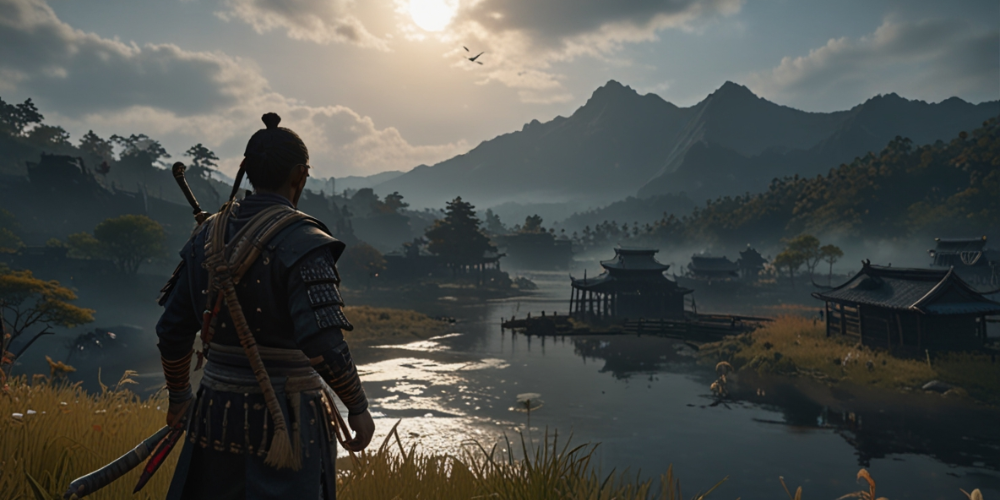
Ghost of Tsushima is a narrative-driven action-adventure game that immerses players in the landscape of feudal Japan during the Mongol invasion. Centered around Jin Sakai, a samurai warrior, the game invites players to engage deeply with its uniquely designed combat mechanics that blend simplicity with depth, enhancing the overall samurai experience.
Weapon Variety and Customizability
One of the standout features of Ghost of Tsushima is the variety of weapons at players' disposal. Jin Sakai wields a katana as his primary weapon, but players can also access a variety of ranged options, such as bows and different types of arrows. Each weapon comes with its distinct mechanics, allowing players to tailor their combat experience to their personal playstyles. The game offers a system of upgrades, enabling players to customize their weapons' appearance and effectiveness, further enhancing their immersion.
Stance System and Its Tactical Implications
The stance system in Ghost of Tsushima is a crucial mechanic that elevates combat to a strategic level. Jin can switch between four different stances that are designed to counter various enemy types. Each stance has unique attacks and combos that make it effective against particular foes. This encourages players to think critically about their approach to battles, shifting between stances in real-time to adapt to their opponents and making each encounter feel dynamic and exciting.
Combat Philosophy Rooted in Samurai Tradition
The game’s combat system is deeply rooted in the philosophy of the samurai, emphasizing honor, technique, and fluidity. Players are encouraged to engage in one-on-one duels, embodying the spirit of a samurai duel, where timing and precision are paramount. This design pays homage to traditional samurai combat and creates an immersive experience that aligns seamlessly with the narrative of Jin's transformation from a noble warrior to the Ghost.
Parry and Counter Mechanics
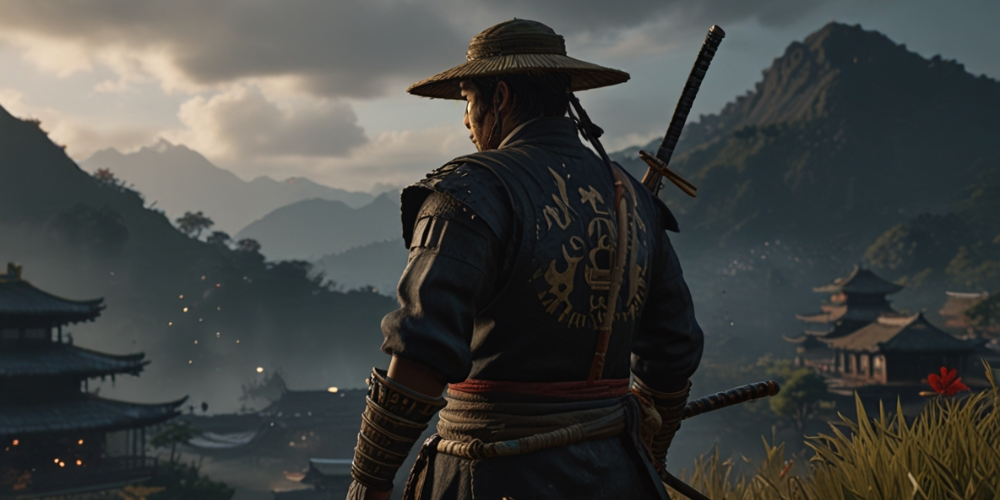
The parrying system in Ghost of Tsushima is intuitive yet requires practice to master. Players can time their defenses to deflect incoming attacks, creating openings for counterattacks. This mechanic propels players to maintain awareness of enemy movements while emphasizing a rhythm in combat. Successful parries grant satisfaction and an incentive to learn enemy patterns, enhancing the game's tactical depth.
Environmental Interaction in Combat
Environmental elements play a significant role in combat, allowing players to utilize the surroundings to their advantage. From using tall grasses for stealth to observing natural formations for strategic positioning, the game encourages players to engage with the world around them. This aspect elevates battles beyond mere button-mashing, instead requiring thoughtful navigation of terrain, which adds a layer of strategy to the gameplay.
Stealth Mechanics and Their Impact on Gameplay
Ghost of Tsushima offers a stealth gameplay option, allowing players to approach combat differently. By embracing stealth, Jin can take down enemies quietly, create diversions, or scout an area before engaging in larger battles. The stealth mechanics provide a refreshing alternative to direct confrontation, enabling players to experience the narrative from different perspectives while still adhering to the samurai ethos.
Intensity of Enemy Encounters
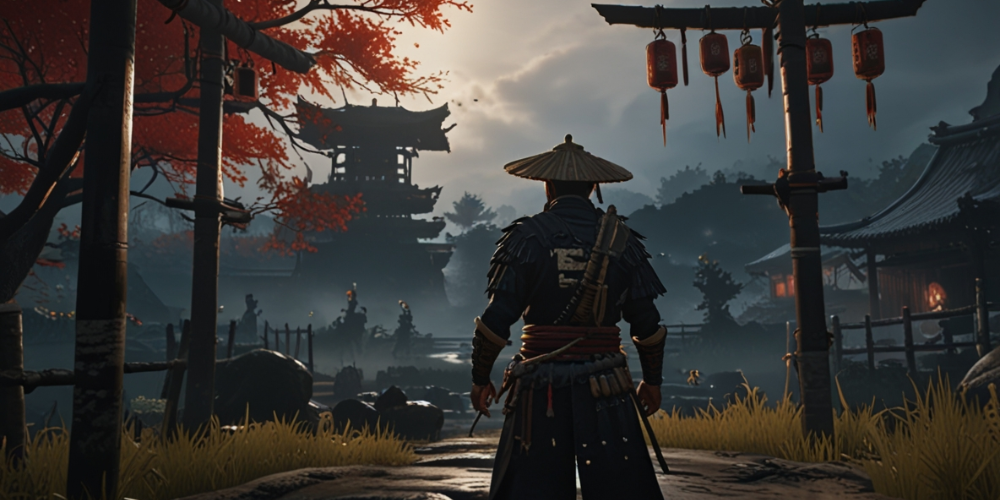
The game presents a variety of enemies, each with distinct attack patterns and strengths, which keeps players on their toes. Ordinary soldiers present one challenge, while elite warriors and Mongol leaders require increased strategy and finesse. The developers have balanced the difficulty to offer a rewarding challenge without overwhelming players, making each encounter feel significant and engaging.
Showcasing Skills through Duel Mechanics
Sword dueling in Ghost of Tsushima is an exhilarating moment in combat. The game's duel mechanics heighten the stakes, as players must outsmart their opponents through timing and skill. These encounters emphasize Jin's growth and mastery of the samurai way, providing a satisfying sense of progression and achievement.
Visual and Aesthetic Representation of Combat
The visual representation of combat in Ghost of Tsushima is stunning, featuring vibrant landscapes and beautifully orchestrated battles. The animation fluidity captures the elegance of samurai fighting styles, with each swing of the katana appearing both lethal and graceful. This attention to detail enhances the atmosphere and immerses players in the feudal Japanese setting.
Musical Score Enhancing the Battle Experience
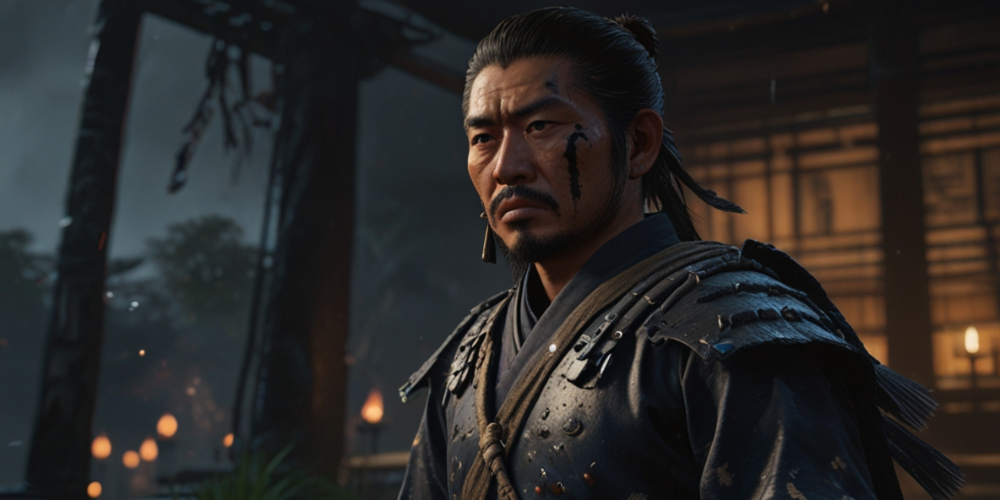
The soundtrack complements the visceral combat experience, evoking emotions that reflect the tension and adrenaline of battle. As players engage in fights, the music swells dynamically, elevating the stakes and immersing them in the moment. This connection between sound and action intensifies the overall impact of combat, allowing players to feel more deeply connected to the narrative.
Progression Through Experience and Skill
Ghost of Tsushima incorporates an RPG-esque progression system that rewards players for honing their skills in combat. Players can earn experience points that unlock new abilities and techniques by successfully completing fights and challenges. This progression fosters a sense of growth as players feel their combat proficiency improves over time, making them more formidable in battles.
Visual Feedback and Impactful Combat
The feedback given through visual cues during combat is impactful, making attacks feel weighty and satisfying. Strikes produce immersive animations, while enemies visibly react to hits, adding realism to encounters. The sense of impact created by combat mechanics ensures that each engagement feels meaningful and rewarding.
Cultural Resonance with Samurai Heritage
The game’s combat mechanics resonate with the cultural heritage of the samurai. The developers took great care to respect the history and traditions of samurai warfare, incorporating real-life techniques and philosophies into gameplay. This attention to cultural detail engenders a deeper appreciation among players, allowing them to connect with the samurai experience in an authentic way.
The Balance Between Honor and Survival
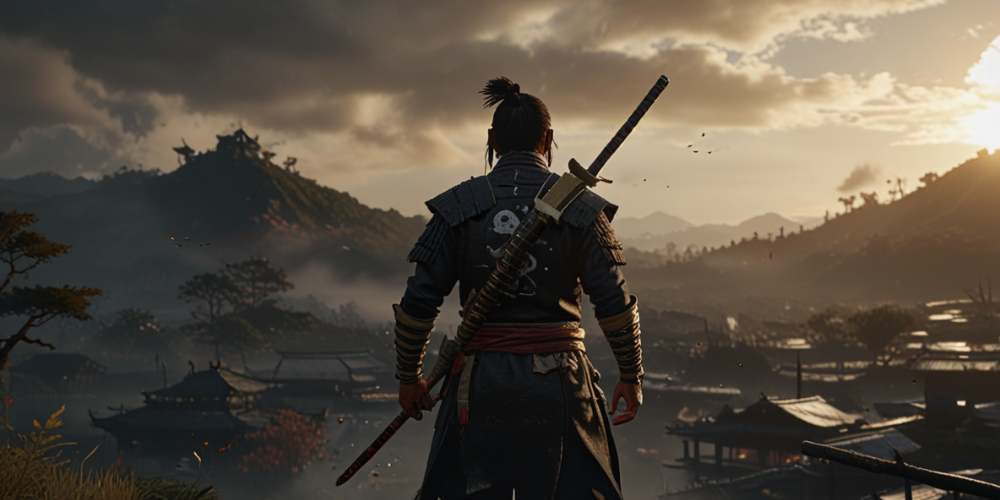
The narrative framework within which the combat mechanics operate beautifully illustrates the paradox of honor and survival that samurai faced. As Jin grapples with the consequences of his actions and the choices he must make, players grow increasingly aware of the moral implications of their combat style. This internal conflict enriches the gameplay experience, as players must navigate their approach while remaining ensconced in Jin's evolving identity.
Mastering the Art of Timing and Patience
Combat in Ghost of Tsushima teaches players the importance of timing and patience. Players must learn to observe and anticipate enemy actions before striking. This reinforces the idea of a true samurai warrior and delivers satisfying moments of victory derived from skillful play. The steady pacing of encounters fosters a more intentional approach to gameplay, rewarding players for their dedication to mastering combat mechanics.
Thriving Community and Shared Experiences
Ghost of Tsushima has cultivated a strong community around its gameplay elements, particularly its combat mechanics. Players share strategies, duel videos, and accomplishments, fostering a collective enthusiasm for mastering the samurai experience. This environment amplifies the game's replay value, as players are motivated to engage with the combat system more deeply, sharing their journeys and enhancing the overall narrative.